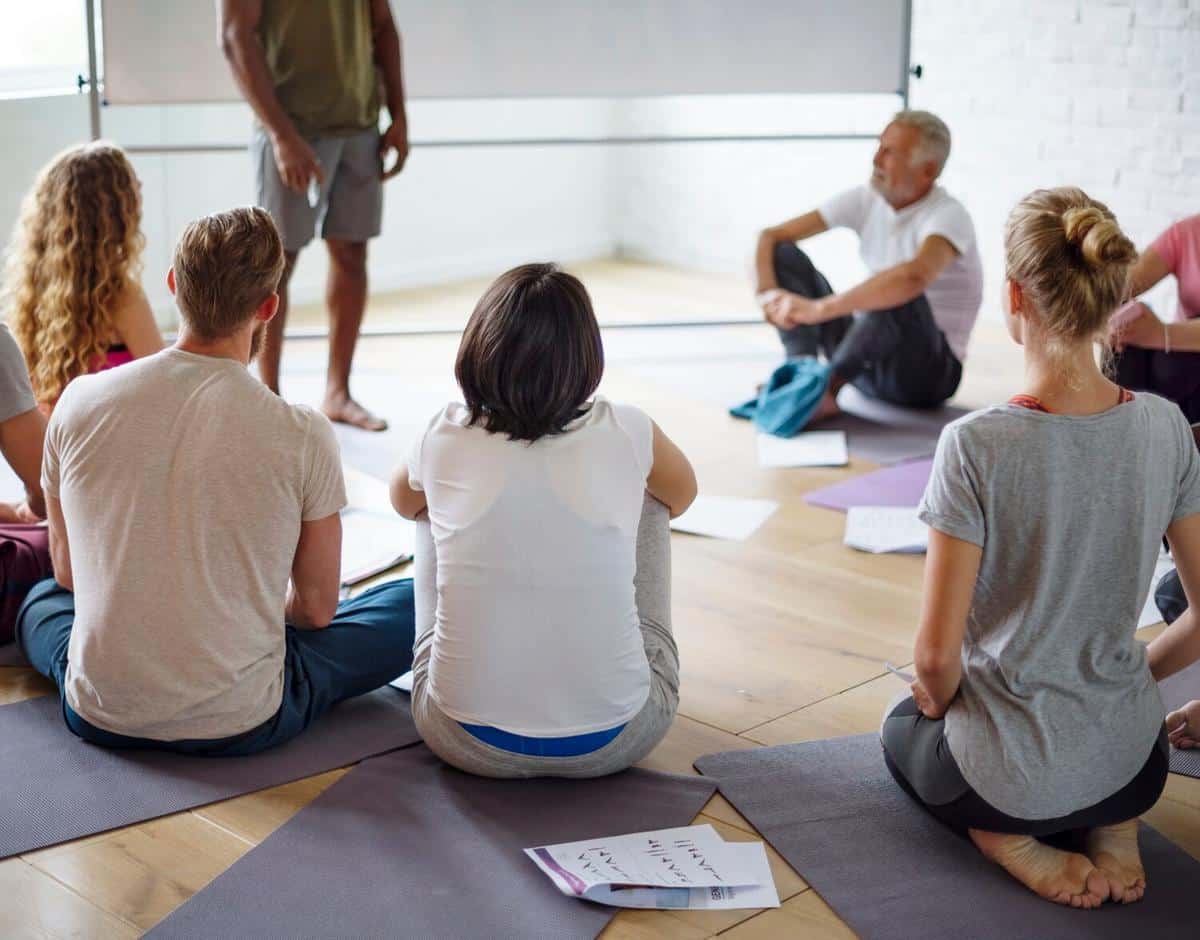
Mindfulness in Schools: Educator’s Guide to Success
Mindfulness has become a significant tool in education, offering students and educators a way to enhance focus, reduce stress, and improve overall well-being. As schools increasingly integrate mindfulness practices, educators need a comprehensive guide to effectively implement these strategies in the classroom.
Understanding Mindfulness in Education
Mindfulness refers to the practice of being present and fully engaged with the current moment, without judgment. In educational settings, mindfulness can help students manage stress, improve concentration, and foster emotional resilience. A report by the American Psychological Association highlights that mindfulness practices can lead to better emotional regulation and increased attention span among students.
Expert Insights
Dr. Amy Saltzman, a leading voice in mindfulness education, states, “Introducing mindfulness in schools can transform the learning environment by promoting a culture of calm and focus.”
Benefits Supported by Research
Research published in the journal Mindfulness found that students participating in mindfulness programs showed significant improvements in emotional regulation and social skills. Furthermore, a study by the University of California, Berkeley, demonstrated that mindfulness can enhance cognitive performance and reduce anxiety.
Real-Life Examples
Consider the experience of a middle school teacher who introduced a five-minute mindfulness session at the start of each class. She noticed a marked improvement in student engagement and a decrease in disruptive behavior. Her story underscores the potential of mindfulness to create a more conducive learning environment.
Actionable Tips for Educators
- Start with short, simple mindfulness exercises, such as deep breathing or body scans, to ease students into the practice.
- Incorporate mindfulness into daily routines, like starting or ending the school day with a brief session.
- Encourage students to reflect on their mindfulness experiences through journaling or group discussions.
| Mindfulness Technique | Age Group | Duration |
|---|---|---|
| Breathing Exercises | All Ages | 5 minutes |
| Body Scan | Teenagers | 10 minutes |
| Guided Imagery | Children | 5-7 minutes |
| Mindful Listening | All Ages | 5 minutes |
| Gratitude Journaling | Teenagers | 10 minutes |
| Mindful Walking | All Ages | 10 minutes |
| Visualization | Children | 5 minutes |
| Mindful Eating | Teenagers | 10 minutes |
Frequently Asked Questions
What is mindfulness in schools?
Mindfulness in schools involves teaching students how to be present and focused, helping them to manage stress and enhance learning.
How can mindfulness benefit students?
Mindfulness can improve students’ attention, emotional regulation, and overall well-being, leading to a more positive learning environment.
What are some simple mindfulness exercises for the classroom?
Simple exercises include deep breathing, body scans, and mindful listening, which can be seamlessly integrated into daily routines.
Conclusion
Incorporating mindfulness into schools presents a valuable opportunity to enhance educational outcomes and student well-being. By following expert advice and leveraging research-based strategies, educators can successfully implement mindfulness practices that create a more focused and harmonious classroom environment. Consider taking the first step towards mindfulness by introducing a short breathing exercise in your next class session, and observe the positive impact it can have.


